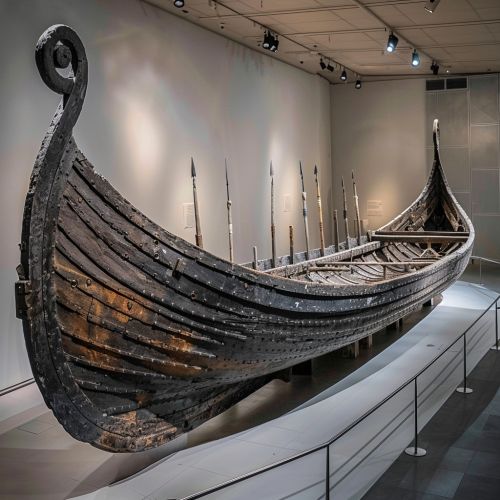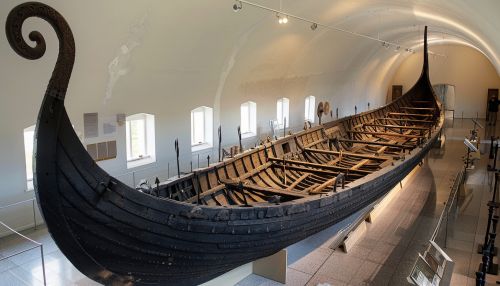History of Norway
Prehistoric Norway
The history of Norway begins with the arrival of the first humans to the region after the last Ice Age, around 10,000 BCE. These early inhabitants were hunter-gatherers who relied on the rich resources of the sea and land. Archaeological evidence, such as tools and cave paintings, indicates that these early settlers lived in small, nomadic groups.
Viking Age
The Viking Age, which lasted from approximately 793 to 1066 CE, is one of the most well-known periods in Norwegian history. During this time, Norwegians, along with other Scandinavian peoples, embarked on extensive expeditions across Europe, Asia, and the North Atlantic. These expeditions were driven by a combination of trade, exploration, and conquest.
The Vikings established settlements in various regions, including the British Isles, Iceland, Greenland, and even reached North America. The Gokstad and Oseberg ships, discovered in Norway, are among the most well-preserved Viking ships and provide valuable insights into Viking seafaring and craftsmanship.


Medieval Norway
Following the Viking Age, Norway underwent significant changes during the medieval period. The country gradually transitioned from a collection of small, independent kingdoms to a unified nation. This process was marked by the establishment of the Kingdom of Norway in 872 CE, traditionally attributed to King Harald Fairhair.
The introduction of Christianity in the 10th and 11th centuries had a profound impact on Norwegian society. The Christianization process was largely completed by the mid-12th century, leading to the establishment of the Archbishopric of Nidaros in 1152.
During the High Middle Ages, Norway experienced a period of prosperity and cultural development. The Hanseatic League played a crucial role in trade, particularly in the city of Bergen, which became a major trading hub.
Union with Denmark and Sweden
In the late Middle Ages, Norway entered into a series of unions with its neighboring countries. The Kalmar Union (1397-1523) united Norway, Denmark, and Sweden under a single monarch. However, internal conflicts and external pressures eventually led to the dissolution of the union.
Following the Kalmar Union, Norway entered into a more prolonged union with Denmark, known as the Dano-Norwegian Union (1536-1814). During this period, Norway was largely governed from Copenhagen, and Danish became the dominant language of administration and culture.
19th Century and Independence
The early 19th century was a period of significant change for Norway. The Napoleonic Wars and the subsequent Treaty of Kiel in 1814 resulted in Norway being ceded from Denmark to Sweden. However, Norway declared its independence and adopted a constitution on May 17, 1814, leading to a brief war with Sweden.
The Union between Sweden and Norway (1814-1905) was characterized by a high degree of Norwegian autonomy. The union was peacefully dissolved in 1905, and Norway became an independent kingdom with Haakon VII as its first king.
20th Century and Modern Era
The 20th century brought both challenges and opportunities for Norway. During World War II, Norway was occupied by Nazi Germany from 1940 to 1945. The Norwegian resistance movement played a significant role in the fight against the occupation.
Post-war Norway experienced rapid economic growth, largely driven by the discovery of oil and gas reserves in the North Sea during the 1960s. This newfound wealth transformed Norway into one of the world's most prosperous countries, with a high standard of living and a comprehensive welfare state.
Norway has maintained a policy of neutrality and non-membership in the European Union, although it is a member of the European Free Trade Association and the Schengen Agreement.
